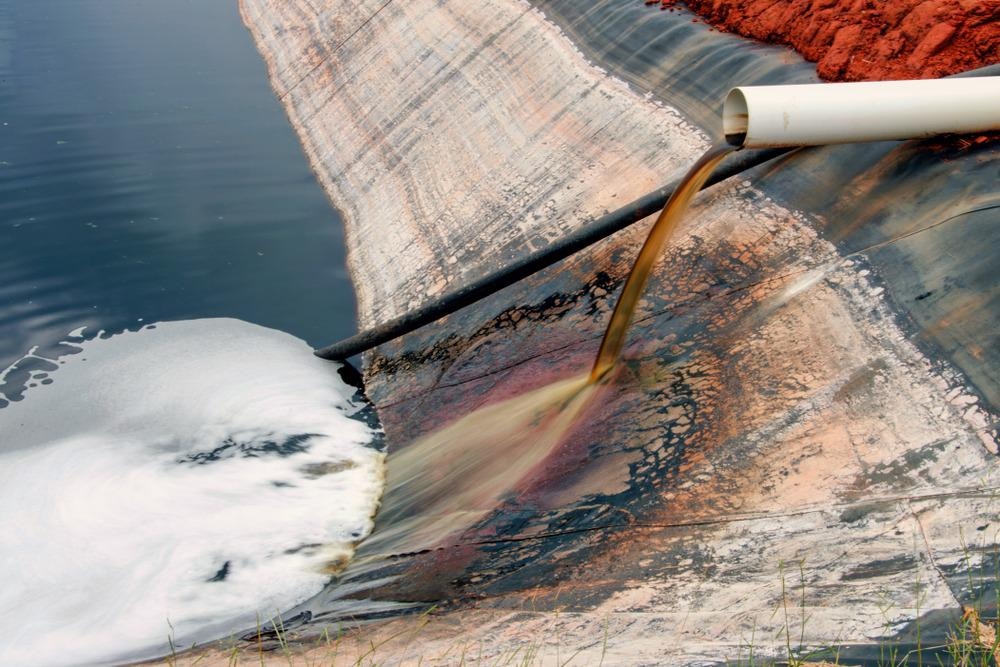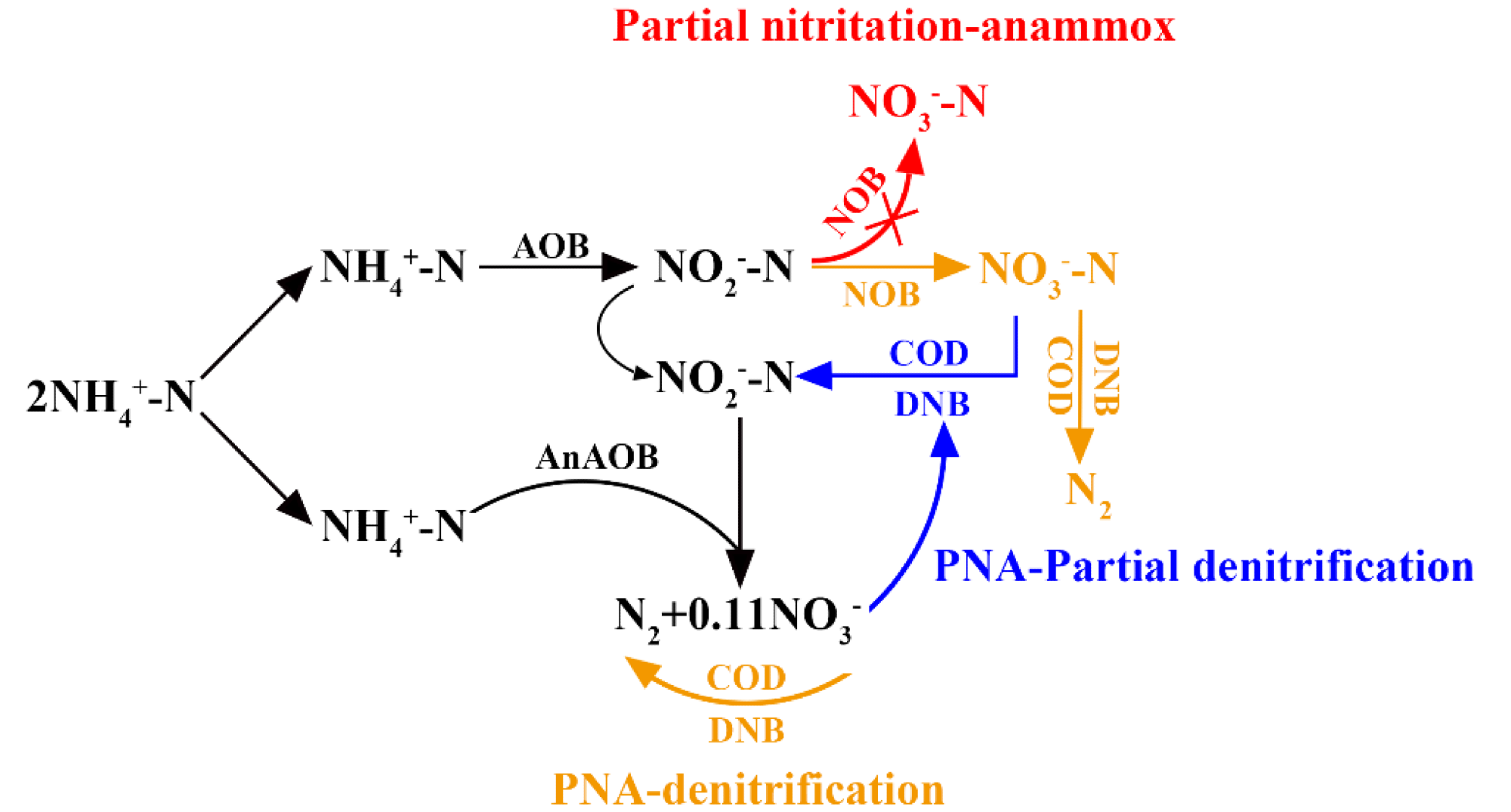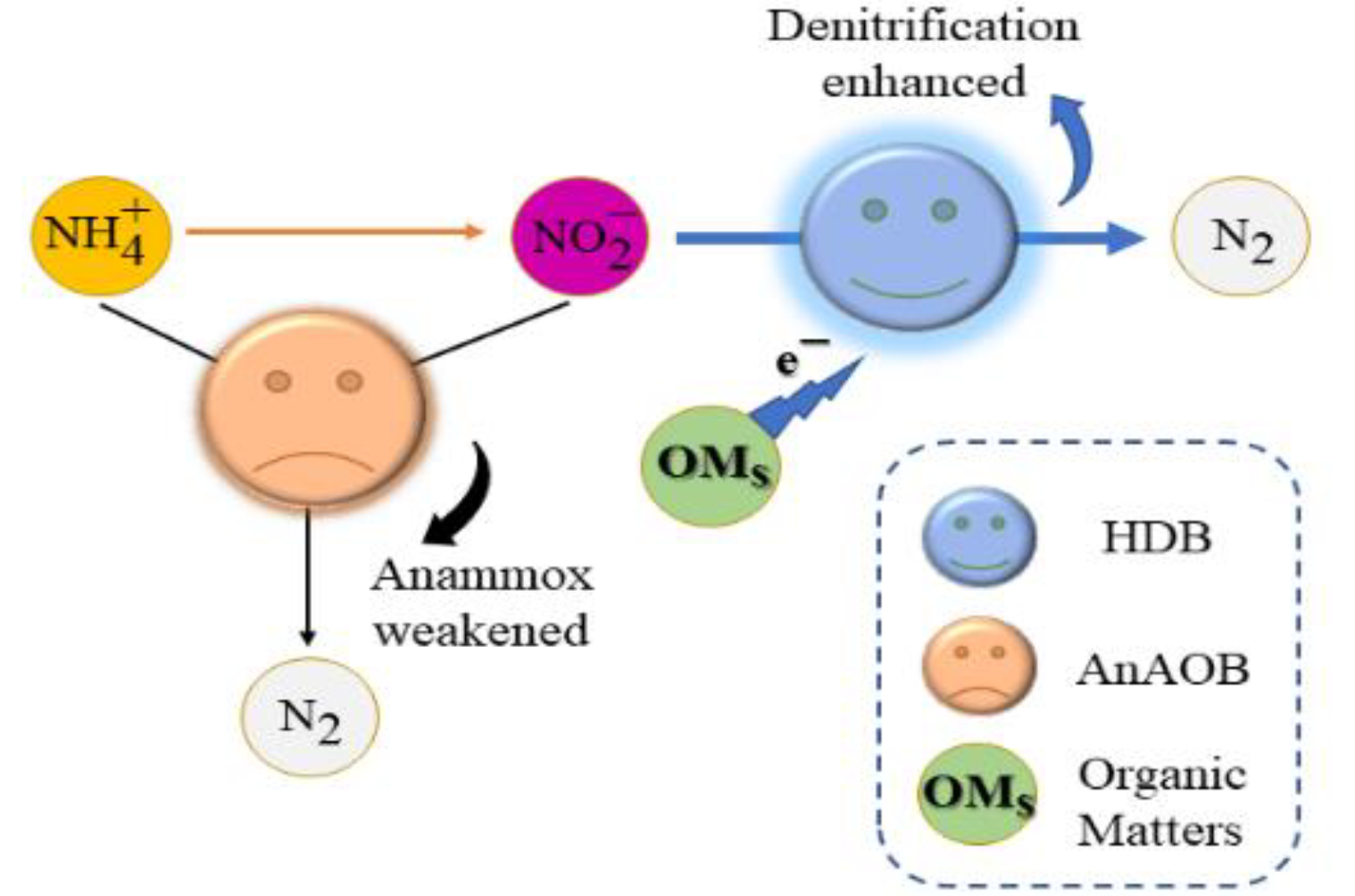Mature landfill leachate is a complex and highly contaminated discharge with high levels of ammonia nitrogen, toxic components, and limited biodegradability. A new review paper presented in the Sustainability journal looks at the potential of current anammox-based processes in treating mature landfill leachate.

Study: Nitrogen Removal from Mature Landfill Leachate via Anammox Based Processes: A Review. Image Credit: Wagner Santos de Almeida/Shutterstock.com
One of the most notable challenges in working with mature landfill leachate stems from its low Chemical Oxygen Demand/Nitrogen (COD/N) and Biochemical Oxygen Demand (BOD5)/COD ratios, meaning that it is not appropriate for treatment via conventional denitrification and nitrification processes.
Anaerobic ammonia oxidation (anammox) is a novel biological denitrification method that relies on anammox bacteria to produce persistent biofilms or granules. It has been widely employed in the nitrogen removal of mature landfill leachate due to its high efficiency, minimal cost, and excellent sludge production.
The amount of municipal solid waste generated by society has grown dramatically as a result of urbanization, increasing population, and industrialization. Landfill remains the most frequently employed means of disposing of solid waste, but this has also resulted in the generation of a considerable volume of landfill leachate.
The unique properties of landfill leachate include high age-dependent concentrations of ammonia, refractory organic matter, and heavy metal ions. These properties have the potential to harm the environment, as well as endanger human health.

Nitrogen removal pathway of anammox-based processes. Image Credit: Deng, W et al., Sustainability
Mature landfill leachate is difficult to treat using traditional biological techniques. Organic nitrogen in the leachate is gradually transformed into ammonia nitrogen as the landfill ages over a decade. This process also sees organic waste, particularly bioavailable organic matter, degrade, resulting in the generation of mature landfill leachate with high ammonia nitrogen, low C/N, and low BOD5/COD.
Current approaches to treating landfill leachate are primarily physiological-chemical and biological in nature, with the authors noting that reverse osmosis, ammonium stripping ion exchange, advanced oxidation, and chemical precipitation continue to be popular choices for the treatment of mature landfill leachate.
The downsides of the aforementioned processes lie in their high cost and their tendency to result in secondary pollution. Biological methods must also be used in conjunction with these approaches if they are to be effective.
Thankfully, biological treatments tend to be more cost-effective, leading to the traditional nitrification and denitrification process being one of the most frequently employed biological denitrification technologies – though this remains unsuitable for use with mature landfill leachate.
As a novel nitrogen removal mechanism, the anammox process may directly decrease ammonia nitrogen to nitrogen using nitrite nitrogen as an electron donor. The technique is now being utilized to treat high ammonia nitrogen wastewater, such as sludge digestion wastewater, semiconductor wastewater, and mature landfill leachate. Compared to standard nitrification-denitrification processes, the anammox method saves both the carbon supply and the aeration energy to crucial advantages that are central to its promise as an innovative new technique.

The high concentration organic matter inhibits the anammox process. Image Credit: Deng, W et al., Sustainability
The authors highlight that anammox has – justifiably - received a lot of interest as a single procedure for nitrogen removal. Granular sludge, biofilm, one-stage, and multistage systems have all been used to treat mature landfill leachate.
In order to take stock of and summarize the current range of anammox-based processes being used in the treatment of mature landfill leachate, the authors proceed to outline the application and effectiveness of a range of novel approaches and techniques.
It was established that anammox-based techniques are suitable for removing nitrogen from mature landfill leachate. On the assumption that it is applied correctly, the review highlights that any process type can accomplish the desired nitrogen removal rate.
Simultaneously, a microbiological examination of stable nitrogen removal effectiveness was provided, as well as descriptions of several unique species typically utilized in mature landfill leachate treatment.
The engineering applications related to the implementation of anammox-based treatment solutions were noted to encounter a number of obstacles, including unstable influent conditions, issues around operational control, and issues surrounding seasonal temperature variation.
The authors posited that a combination of novel nitrogen removal coupled systems and the development of new carbon sources could provide opportunities for improving and streamlining the application of anammox-based processes.
While technologies around sustainability continue to advance and there is increased focus on the move towards a circular economy, there remains a significant amount of historic landfills to be addressed. The review presents a strong overarching case for the continued investigation into and development of anammox-based processes for nitrogen removal from mature landfill leachate.
References
Deng, Weifeng, Litao Wang, Lang Cheng, Wenbo Yang, and Dawen Gao. 2022. "Nitrogen Removal from Mature Landfill Leachate via Anammox Based Processes: A Review" Sustainability 14, no. 2: 995. https://www.mdpi.com/2071-1050/14/2/995
Disclaimer: The views expressed here are those of the author expressed in their private capacity and do not necessarily represent the views of AZoM.com Limited T/A AZoNetwork the owner and operator of this website. This disclaimer forms part of the Terms and conditions of use of this website.